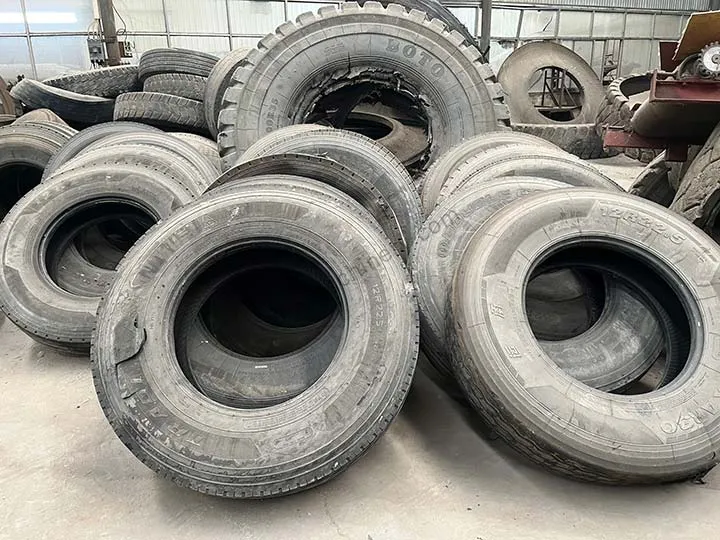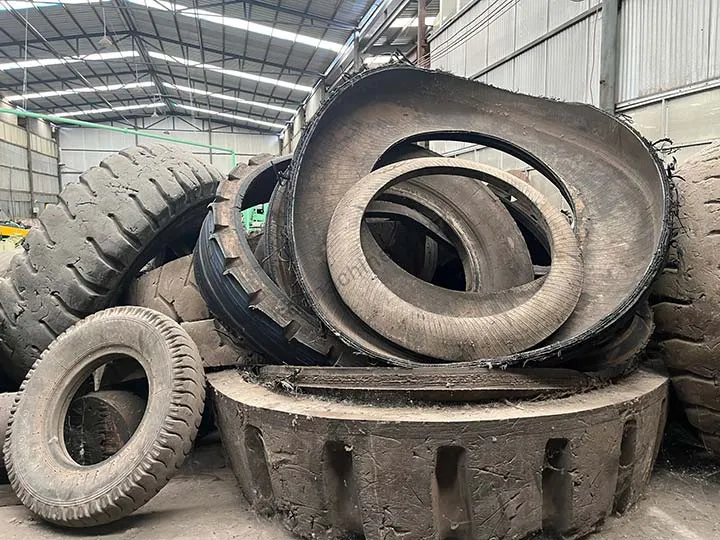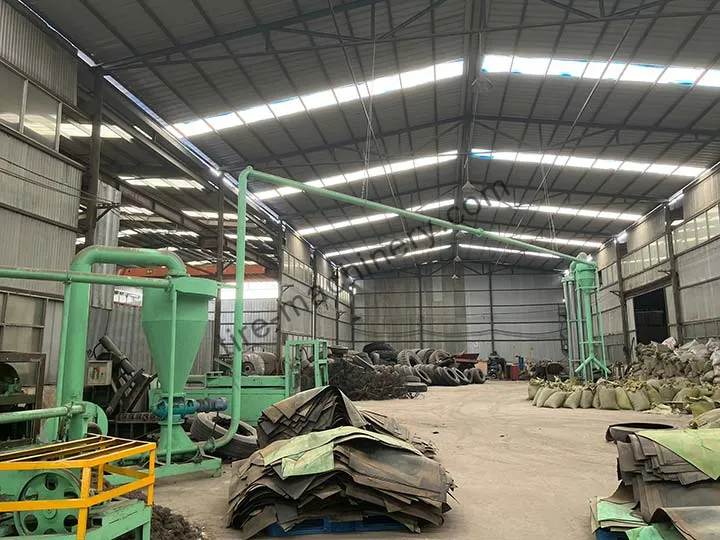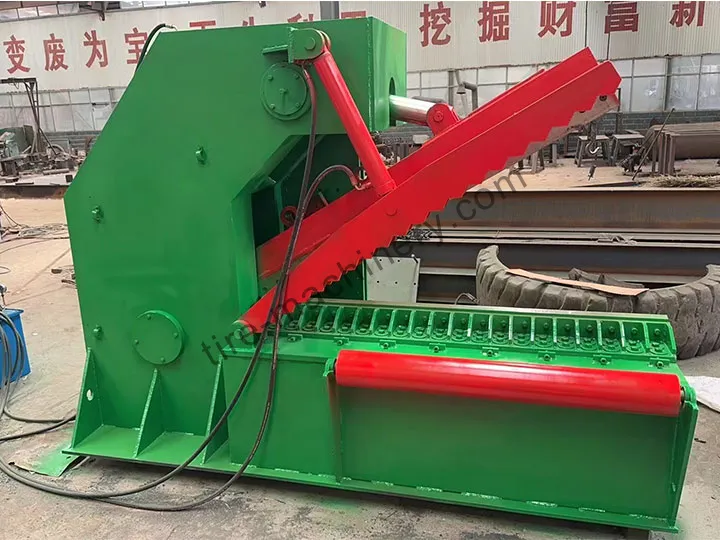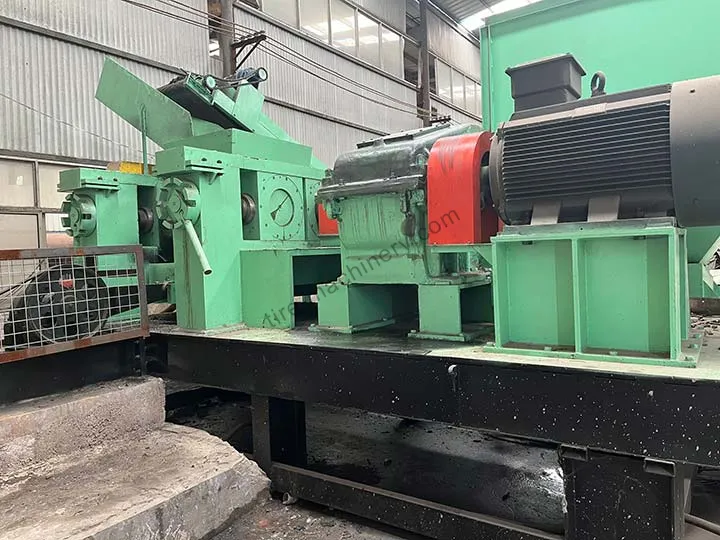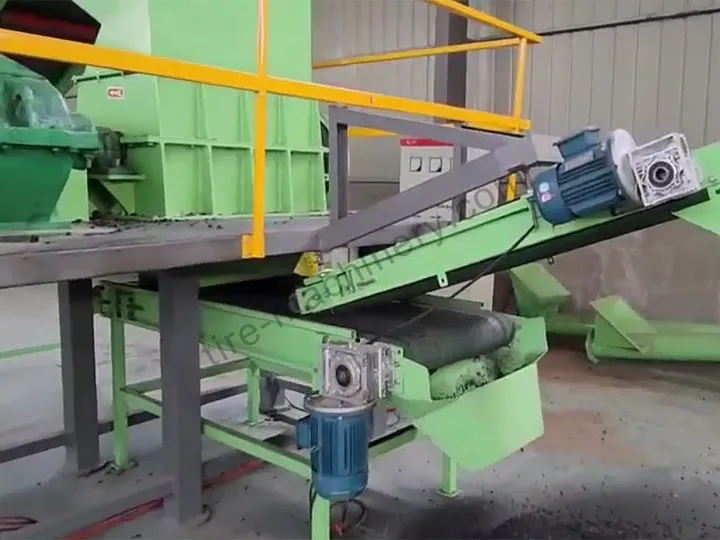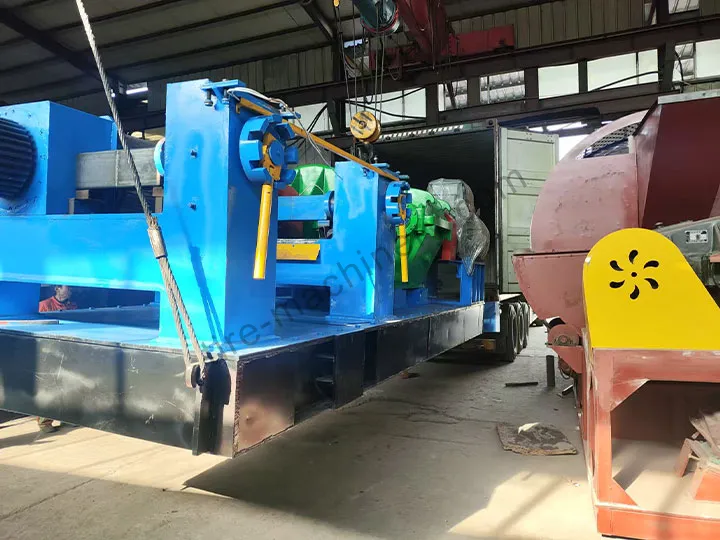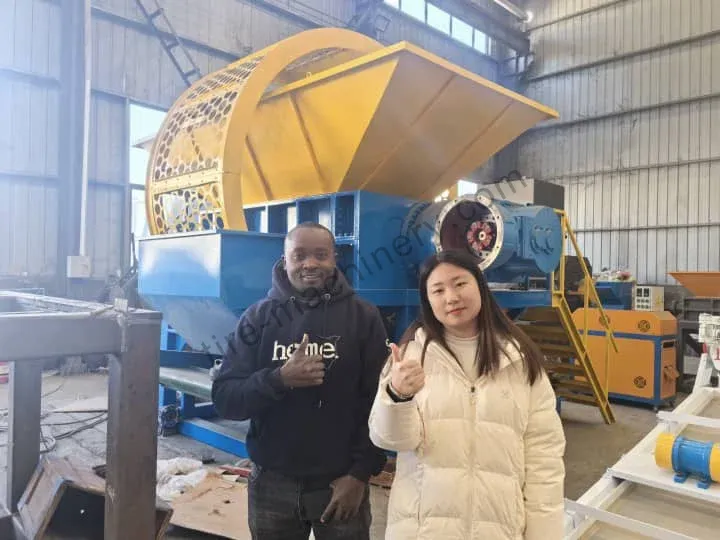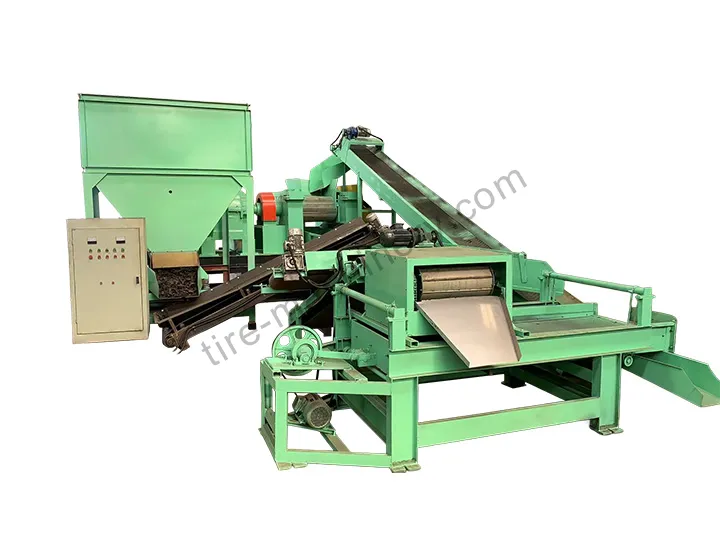What is Crumb Rubber? A Guide to Its Grades, Applications, and Market Value
This article serves as a definitive guide to crumb rubber, the valuable material produced from end-of-life tires. It begins by defining the product and explaining the “mesh size” grading system, which dictates its use. The core of the article details the major applications driving demand, including sports turf, rubberized asphalt, and molded products. Finally, it analyzes the factors influencing the market price of crumb rubber and briefly touches upon the manufacturing process, connecting the product’s value directly to the specialized equipment required for its production.
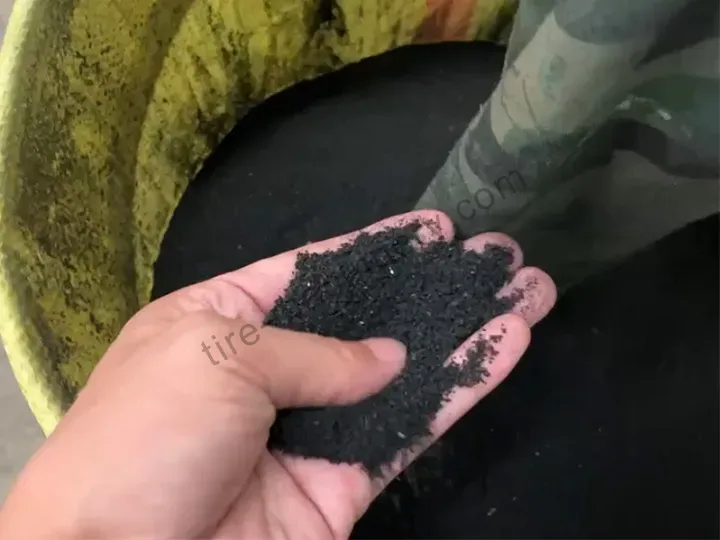
In the world of recycling, few materials represent a more complete transformation than crumb rubber. What begins as a bulky, end-of-life tire becomes a versatile, granular product that serves as a key raw material in dozens of industries. For any entrepreneur considering the tire recycling business, understanding this final product isn’t just helpful—it’s essential.
This guide will walk you through exactly what crumb rubber is, how it’s graded, where it’s used, and what determines its market value.
Understanding the Grades: What is Crumb Rubber Mesh Size?
Not all recycled rubber is the same. The primary way to classify crumb rubber is by its particle size, measured in “mesh.” The mesh size refers to the number of openings per linear inch in a screen. A higher mesh number means smaller particles, while a lower number indicates larger, coarser granules.
Understanding rubber powder grades is key to targeting the right markets:
- Coarse Rubber Granules (e.g., 10-20 Mesh): These larger particles are typically used where durability and volume are needed. They are visibly granular and excellent for applications requiring shock absorption and water drainage.
- Fine Rubber Powder (e.g., 30-80 Mesh): This material is much finer, resembling a coarse powder. Its small particle size allows it to be blended seamlessly with other materials like asphalt binders or used in molding processes.
The Key Applications Driving Demand
The value of recycled rubber comes from its wide range of uses. The physical properties of rubber—durability, elasticity, and shock absorption—are retained in the granular form, making it a highly sought-after material.
Sports Surfaces and Playground Infill
One of the most visible applications is crumb rubber for playgrounds and synthetic sports fields. The material is used as “turf infill” for artificial grass, providing cushioning to protect athletes, improving drainage, and holding the turf fibers upright. Its shock-absorbent nature also makes it an ideal, safe surface for playgrounds.
Rubberized Asphalt and Road Construction
This is a high-volume market for rubber powder for asphalt. When fine rubber powder is mixed with bitumen, it creates rubberized asphalt. Roads paved with this material have several advantages:
- Increased Lifespan: The asphalt is more resistant to cracking and rutting.
- Noise Reduction: It can reduce road noise by several decibels.
- Improved Safety: It enhances skid resistance and reduces water spray.
Molded Rubber Products and Manufacturing
Recycled rubber serves as a cost-effective and sustainable raw material for a vast number of molded and extruded products. This includes rubber flooring material like gym mats and tiles, landscaping mulch, speed bumps, industrial components, and automotive parts.
The Market Value: How Much is Crumb Rubber Worth?
The crumb rubber price is not fixed; it fluctuates based on several factors, making it a true commodity. If you are planning on selling crumb rubber, you need to understand what drives its value:
- Mesh Size: Generally, finer rubber powder requires more processing and commands a higher price per ton.
- Purity: The value is significantly higher for rubber that is 99%+ free of steel and fiber contaminants.
- Market Demand: The price is influenced by regional demand, particularly from large-scale projects like highway construction.
While prices vary, the consistent demand across multiple industries ensures that the market value of recycled rubber remains strong, forming the financial backbone of a recycling operation.
How is High-Quality Crumb Rubber Produced?
The transformation from a whole tire to precisely graded, clean crumb rubber is a multi-stage mechanical process. The crumb rubber manufacturing process involves shredding the tires into chips, then granulating them further while systematically removing steel wire and nylon fiber.
Achieving the purity and specific mesh sizes required by the market depends entirely on the quality and capability of the machinery. This process is handled by a series of integrated machines, starting with heavy-duty shredders and culminating in specialized tire grinding machines. These grinders use high-torque, precision rollers to mill the rubber down to the desired size. The entire system, working in harmony, is what constitutes an efficient complete tire recycling line.
By understanding the clear and consistent demand for this versatile product, it becomes evident that investing in the right technology is the keyto unlocking its full commercial potential.
The journey from a scrap tire to a valuable raw material is a testament to the power of modern recycling technology. Crumb rubber is not just a solution to a waste problem; it is a commodity with a robust and diverse market. By recognizing the specific applications for different grades and understanding its market value, you can strategically position your business for success.
Are you ready to turn this market potential into a profitable reality? Explore our advanced tire recycling solutions or contact ourteam today for a customized quote based on your production goals.

